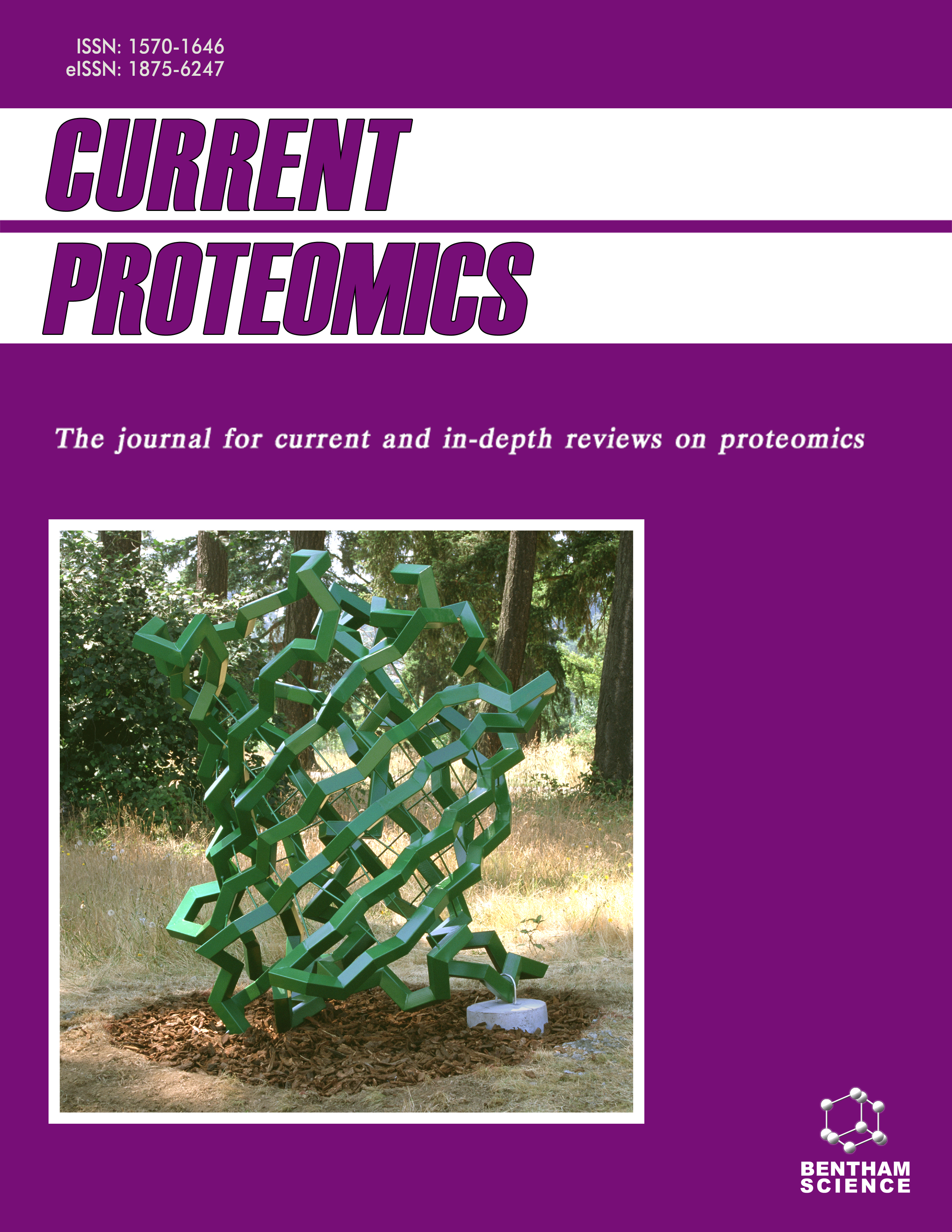
Full text loading...
We use cookies to track usage and preferences.I Understand
Transposable elements are the oldest structural and functional units that were formed during the emergence of life on Earth. The most ancient properties of transposable elements are the multifunctionality of their transcription and translation products and the formation of their many variants through processing, due to which transposable elements are key evolutionary sources of long non-coding RNAs, circular RNAs, microRNAs, proteins and peptides formation. Moreover, the same type of transposon can simultaneously serve as the source of the origin of all these molecules, providing the adaptive properties of living organisms, especially complex eukaryotes, including humans. The ancient ability of transposable elements for mutual integration due to their protein products interacting with DNA and RNA molecules, as well as for mutual regulation due to the functionality of their RNA, is the basis for the origin of many proteins and non-coding RNAs characterized by the same properties. This can explain the emergence of transcription factors from transposable elements, that is, proteins capable of interacting with the structures of DNA molecules due to the presence of specific amino acid sequences derived from transposable elements. This article presents facts about the origin during the evolution of many protein and non-coding RNA genes from transposable elements. Specific proteins and peptides translated from long non-coding RNAs, pri-microRNAs and circular RNAs are described, which reflect the origin of non-coding RNAs from transposable elements in evolution. These proteins and peptides are promising tools for the treatment of viral infections and drug-resistant tumors, since, together with non-coding RNAs, they are involved in antiviral and antitumor responses.

Article metrics loading...

Full text loading...
References


Data & Media loading...

